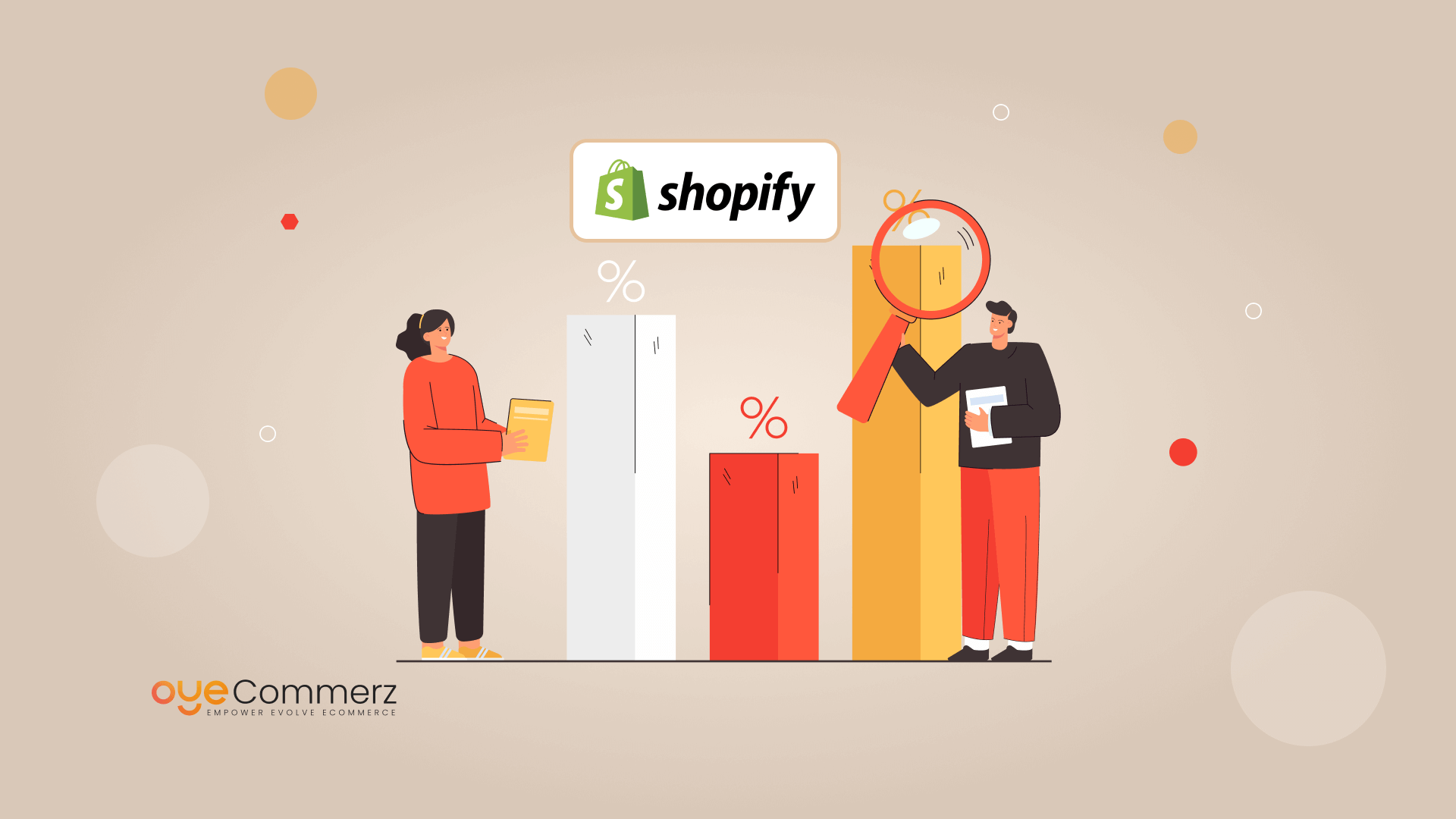
Introduction
In the current highly competitive e-commerce market, Shopify sellers are always searching for strategies to increase revenue and optimize their operations. A highly effective approach is through custom Shopify apps tailored to meet individual requirements. Connecting with the Shopify API and utilizing tools like the Polaris design system, these apps empower organizations to expand effectively while boosting customer engagement. In this article, we’ll discuss key aspects of Shopify app-building, from design considerations and key components to effective methods for supporting and scaling apps effectively.
1. Comprehending Shopify API Integration
A solid understanding of Shopify’s API—both Representational State Transfer and Graph Query Language—is essential for developing robust Shopify apps. With these interfaces, engineers can access, modify, and handle details within a Shopify site. The GraphQL API offers optimized data handling, allowing for quicker replies by retrieving only the essential data. Connecting the API enables programmers to adapt app features to the company’s specific requirements, ensuring a seamless UX that improves business productivity and income.
2. Employing the Shopify’s Polaris framework
Shopify’s design system enables programmers to create a consistent and user-friendly interaction across Shopify applications. Polaris gives a suite of components and best practices that align with Shopify’s branding, allowing apps feel native within the Shopify platform. This method doesn’t just aids intuitive user interactions but also aids preserve brand consistency, an essential factor in fostering credibility with customers.
3. Developing within the Shopify Marketplace
The Shopify app ecosystem is vast, permitting app creators to develop integrated Shopify apps that work within a store's admin panel. Internal apps simplify the user experience by integrating smoothly within Shopify’s platform, cutting down on the requirement for additional authentication or extra steps. For developers, leveraging Node.js for backend tasks and React.js for the UI has grown into a favored option, as these frameworks allow expandable, adaptive programs that provide an optimal UX.
4. Core Components for Shopify Apps
A high-performing Shopify app must have functionalities that tackle important issues in the e-commerce journey. Real-time alerts for real-time notifications, custom theme customization options, and multi-platform sales features are essential additions that can boost operational control and user interactions. By integrating these features, Shopify apps don’t just streamline internal operations but also improve the overall customer experience.
5. Key Strategies for Creating Shopify Apps
When building Shopify apps, it’s crucial to adhere to industry best practices. Upkeep methods such as regular updates, user assistance, and security patches are necessary for maintaining user trust. Digital marketing for Shopify applications can also be utilized to enhance app exposure and adoption. Customer engagement tactics, like prompt messages and loyalty programs, are essential for maintaining a user base and building a loyal following.
6. Growing Shopify Apps for Success
As Shopify apps for multi-channel retailing Shopify stores scale, scaling apps becomes critical to manage greater usage and feature requests. Using serverless architecture and focusing on data management through Graph Query Language can support applications expand without performance issues. It’s also necessary to have a roadmap for scaling the app’s framework to manage increased demand, including a checklist for finding a technical team with expertise in Shopify apps.
7. Understanding the Investment of Building Shopify Apps
Developing tailored Shopify apps can vary significantly in investment depending on the functions, connections, and customization necessary. Fundamental functions like backend linkages, client-facing features, and digital marketing capabilities can add to the investment. However, the revenue benefits is often beneficial, as these apps can immediately boost revenue and optimize workflow.
8. Upkeep Approaches
Sustaining application performance is as important as initially building it. Regular updates to resolve Shopify app integration benefits issues, boost safety, and keep alignment with the current Shopify framework are important. Forward-thinking upkeep methods also include client help and function upgrades that keep up with changing online shopping trends.
9. Platforms for Creating Shopify Applications
Shopify supplies various tools to streamline the development process, from software platforms like JavaScript runtime and React to Webhooks for immediate changes. Resources such as Shopify’s CLI enhance the development workflow, while Shopify App Bridge facilitates embedded apps to work smoothly with Shopify’s admin interface. These resources are essential for creating apps that are both effective and user-friendly.
10. Upcoming Innovations in Shopify App Creation
The outlook of Shopify application building is promising, with new directions heading in the direction of artificial intelligence capabilities, improved cross-channel functionality, and advanced plugin features. As online shopping progresses, programmers will be required to anticipate new directions to create applications that not only meet but surpass market demands.
Summary
Personalized Shopify software offer a effective solution for digital retailers to scale efficiently, increase revenue, and enhance workflows. From API integration and the Polaris design system to core elements and maintenance strategies, every component of Shopify app creation plays a key role in delivering a seamless journey for shoppers. As Shopify moves forward, anticipating future trends in app development will help organizations maximize Shopify’s comprehensive offerings, reinforcing their standing in the digital retail industry.